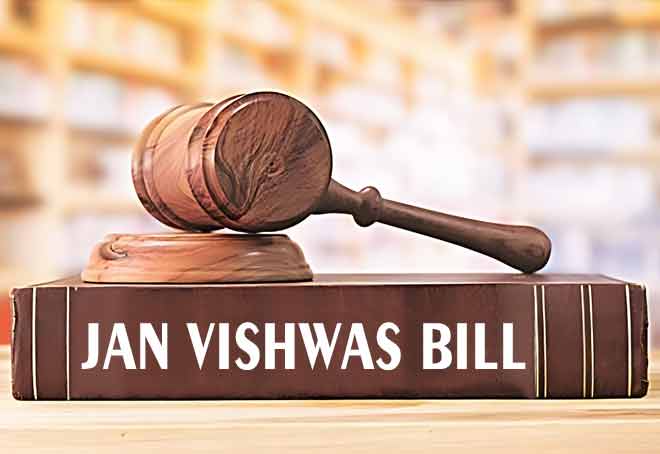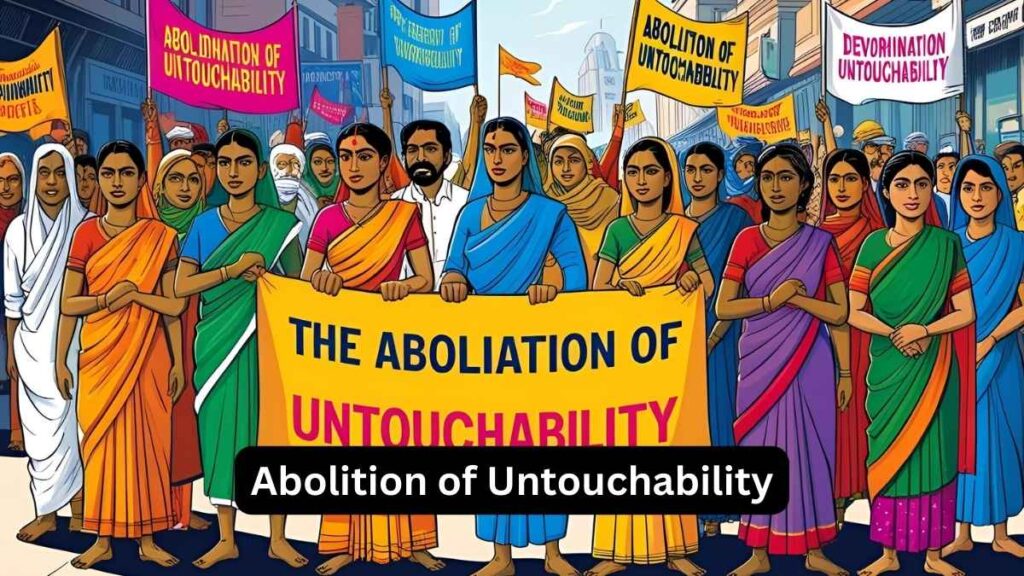Font size:
Print
Overhaul of East and West corridors on NHEV agenda
National Highway for Electric Vehicles (NHEV) and East-West Corridor Projects: Towards Sustainable Infrastructure and Seamless Connectivity.
Context: India is actively transitioning towards sustainable mobility and green infrastructure, with initiatives like the National Highway for Electric Vehicles (NHEV) and various East-West corridor projects. These aim to not only bolster transportation efficiency and regional connectivity but also support the nation’s climate goals under the Viksit Bharat 2047 vision.
National Highway for Electric Vehicles (NHEV): A Green Mobility Initiative
- Objectives and Vision
- NHEV is a central government-promoted pilot project aimed at developing electric highways (e-highways) across major national corridors.
- It aligns with the broader target of converting 5,500 km of national corridors on Bharatmala and Sagarmala routes into e-highways by 2027.
- Focuses on clean energy integration, zero-emission logistics, and reduction of fossil fuel dependence.
About the 2 important Projects
- Expansion of Eastern and Western Corridors
- Corridor Details
- Total coverage: 3,565 km.
- Western Corridor: 1,401 km.
- Eastern Corridor: 2,164 km.
- Spread across 13 highways and 10 states.
- Key routes: Bodhgaya–Dhanbad, Dhanbad–Kolkata, Kolkata–Balasore, Udaipur–Ahmedabad, Ahmedabad–Vadodara.
- Total coverage: 3,565 km.
- Fleet and Infrastructure Plan
- Deployment of:
- 520 electric buses and trucks
- 2,600 electric cars
- 3,320 electric two-wheelers
- Three-wheelers for the Eastern region
- Charging infrastructure:
- 128 EV charging stations
- 256 battery-swapping kiosks
- Deployment of:
Energy Innovations and Green Technology Integration
Energy Infrastructure
- Existing NHEV stations:
-
- Capacity: 3,200 kW split into 800 kWh segments.
- Linked to both thermal grids and solar sources.
-
- Future vision:
-
- Deployment of 3G energy stations on the Delhi-Mumbai Industrial Corridor.
- Integration of hydrogen, wind, and solar power by 2030.
New Features
- Vertical wind turbines along 10-km dividers to harness wind energy from passing trucks.
- On-site micro-electrolyser units for hydrogen generation using surplus solar energy.
- Goal: Phase out thermal grids and establish a fully green energy system.
Collaboration with Private Players
- Planned vehicle orders:
- BluSmart for electric four-wheelers
- GreenCell for electric buses
- Ashok Leyland for electric trucks
- No immediate procurement of electric ambulances due to lack of trials.
- East-West Connectivity Corridor Project in Faridabad: Urban Mobility Challenge
Project Overview
- Cost: ₹1,530 crore
- Purpose: To resolve connectivity issues across NH-19 and railway tracks in Faridabad.
- Designed as two parallel elevated corridors, connecting NIT (West) and Greater Faridabad (East).
- Coverage: 14 km stretch including Bata and Badkhal corridors from Sainik Colony to Sector 89.
Status and Bottlenecks
- Detailed Project Report (DPR) submitted but pending approval for five months.
- Uncertainty over funding source and revenue model.
- Delays caused by:
- Encroachments
- Need for clearances from departments including NHAI, Railways, and Environment
- Project pending since 2022–23; taken over by Faridabad Metropolitan Development Authority (FMDA) in 2023.
Proposed Way Forward
- Involving central agencies like NHAI
Consideration to transform it into an interstate toll-based highway for improved financial viability.


